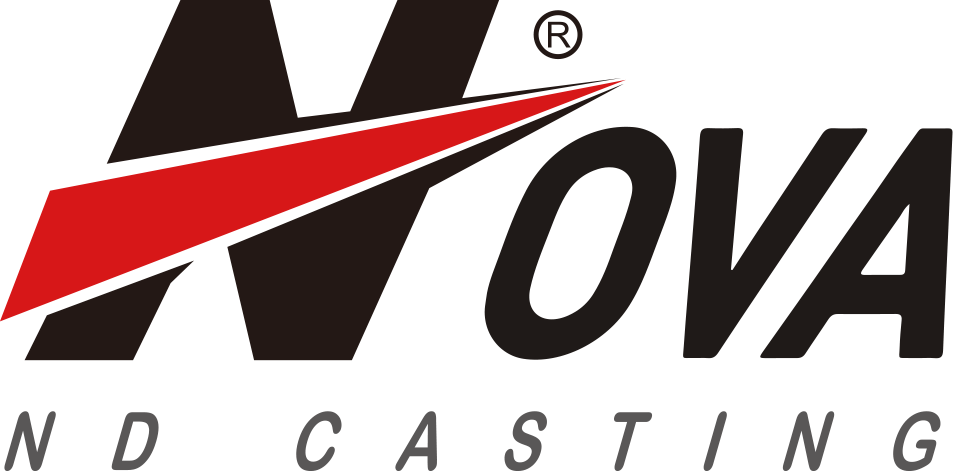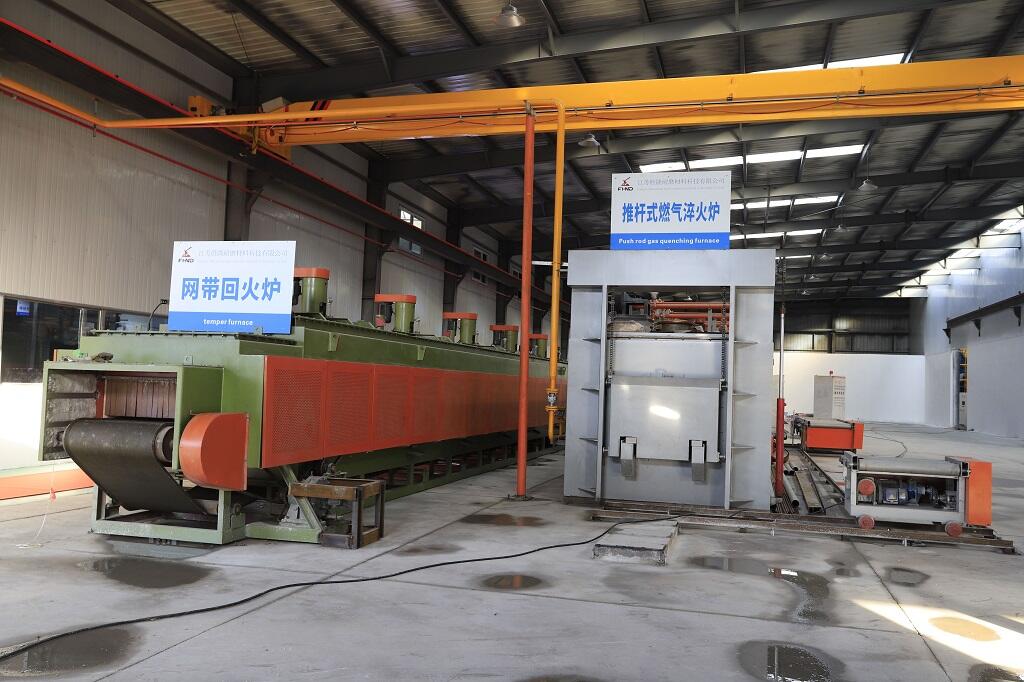What Is an Onestop Casting Solution Provider?
Defining the onestop casting solution provider in modern manufacturing
A true one stop shop for casting solutions brings together design work, prototype development, and actual production all under one roof. What sets these providers apart is their ability to merge cutting edge tech such as 3D sand printing methods and virtual simulation tools with time tested foundry techniques. This means companies can get complicated parts made without having to bounce around between different suppliers. When design teams, mold creators, and finishers all work closely together day to day, there's much less chance of inconsistencies showing up in the final product. The result? Parts that match specifications batch after batch, something that becomes increasingly important when dealing with tight tolerances and high volume orders.
How end-to-end casting solutions reduce process complexity
When companies manage their casting processes from one central point rather than dealing with multiple suppliers, they typically save around 60% on coordination time according to Casting Trade Journal's findings from last year. The ability to share information instantly across design and manufacturing departments really helps cut down on those frustrating situations where parts don't match because someone missed an important spec detail. Many integrated service providers now employ these digital tracking systems that keep everything aligned - when engineers need to tweak molds, the system automatically adjusts when materials should arrive at the plant. This synchronization makes all the difference for big automotive casting operations where even small delays can blow through project budgets completely.
Growing market demand for integrated casting and manufacturing services
The unified casting services market looks set to expand quite substantially over the next decade, with estimates pointing toward around 7.2% annual growth until 2030. Electric vehicle makers are pushing hard for integrated solutions when it comes to making battery trays and other structural parts. Looking at how things are shaping up in manufacturing efficiency studies, roughly two thirds of aerospace suppliers have started demanding single source partnerships these days just to keep those tight tolerances needed for turbine blades. What we're seeing here isn't just coincidence but rather a growing awareness across industries that bringing operations together actually cuts down on supply chain headaches while also giving better control over metal quality standards throughout production runs.
The End-to-End Casting Workflow: From Design to Delivery
Seamless Integration of Design, Prototyping, and Production Under One Roof
Casting solution providers that offer one stop shop services bring together different parts of the manufacturing process that used to be separate. This means designers can check their ideas while molds are being made at the same time. When engineers combine computer design programs with live simulation technology, they spot potential heat issues in castings way before making physical prototypes. Some industry reports suggest this approach cuts down on those back and forth changes by around 60%. The whole system works better because production staff get both tested designs and ready-to-go tool specifications all at once. As a result, companies save roughly 35% off their usual waiting periods for new products.
Digital Prototyping and On-Demand Mold Production for Agile Development
Advanced providers now combine generative AI with 3D sand printing to automate mold design iterations. A 2024 industry report found AI-driven workflows reduce mold development time from 6 weeks to 10 days by identifying optimal gating systems and cooling channels early in the design phase.
Rapid Prototyping and 3D Printing: Accelerating Time-to-Market
Direct metal laser sintering (DMLS) allows functional prototypes to be produced alongside final production molds. This parallel development approach enables automotive clients to conduct durability testing 22 days faster than traditional methods, bridging the gap between prototyping and mass production.
Case Study: Reducing Time-to-Market by 40% With Integrated Workflows
A recent aerospace project demonstrated the efficiency of unified casting workflows. By implementing real-time design-for-manufacturing feedback loops, the provider eliminated 11 manual handoffs between departments. The result? A turbine housing component reached production readiness in 14 weeks instead of 23—a 40% reduction validated by third-party analysis.
Advanced Casting Technologies Powering One-Stop Efficiency
3D Sand Printing for Molds: Enhancing Speed and Design Flexibility
3D sand printing is changing how molds are made because it can create shapes and designs that old school methods simply cant handle. The additive manufacturing approach cuts down on waiting time too something around 60 to 80 percent faster than making patterns the traditional way, plus it hits pretty impressive precision levels at plus or minus 0.3 mm. According to research published last year in the International Journal of Metalcasting, shops that switched to this new tech saw their entire process go from concept to finished product in just three weeks instead of the usual twelve week wait. That kind of speed means businesses can respond much quicker to market demands without sacrificing quality.
Integration of Automation and 3D Printing in Casting Production
Automated 3D printing cells now handle mold production, metal pouring, and post-processing in unified workflows, minimizing human intervention. Robotic arms paired with AI-driven quality systems achieve 99.5% defect detection rates, while adaptive printing parameters reduce material waste by 35% per cycle.
High-Pressure and Gravity Die Casting on a Unified Platform
Modern foundries combine high-pressure die casting (HPDC) for thin-walled components (e.g., EV battery housings) with gravity die casting for thicker, high-integrity parts—all on a single production line. A 2025 Automotive Parts Die-Casting Report highlights how this dual approach achieves:
| Metric | HPDC | Gravity Casting | Unified Platform |
|---|---|---|---|
| Cycle Time | 90 sec/part | 8 min/part | Optimized by 40% |
| Surface Finish | 2–4 μm Ra | 5–7 μm Ra | Hybrid controls |
| Volume Range | 10k–500k/yr | 500–10k/yr | Full spectrum |
On-Demand Vacuum Casting for Low-Volume, High-Precision Parts
Vacuum casting excels in aerospace and medical applications requiring tolerances under ±0.1 mm. The process produces near-net-shape components with 95% less post-machining than sand casting, making it ideal for batches of 50–500 units.
These innovations position onestop casting solution providers as indispensable partners in modern manufacturing, merging flexibility, precision, and scalability across all production volumes.
Digital Transformation in Casting: Industry 4.0 and Smart Manufacturing
Modern onestop casting solution providers leverage Industry 4.0 technologies to bridge physical production with data-driven decision-making. By integrating smart manufacturing principles, foundries achieve unprecedented precision and operational efficiency across the casting lifecycle.
Simulation and Casting Process Modeling to Predict and Prevent Defects
Advanced simulation software now predicts solidification patterns and stress points with 95% accuracy, reducing casting defects by 30% in aluminum components (Fraunhofer Institute 2024). These digital models enable engineers to optimize gating systems and cooling rates before creating physical molds, eliminating costly trial-and-error iterations.
Digital Twins for Real-Time Monitoring and Process Optimization
Leading providers employ digital twin technology to create virtual replicas of casting lines that update every 15 seconds with IoT sensor data. This approach decreased scrap rates by 22% in a recent high-volume zinc alloy project by correlating real-time temperature fluctuations with dimensional accuracy metrics.
AI-Driven Quality Control and Predictive Maintenance in Smart Foundries
Machine learning algorithms analyze X-ray inspection data 40x faster than human technicians while maintaining 99.7% defect detection accuracy (Deloitte Smart Manufacturing Report 2023). Predictive maintenance systems monitor equipment wear patterns, forecasting mold replacement needs within ±2% accuracy—a critical capability for maintaining tight tolerances in aerospace castings.
Solving Industry Challenges: Automotive and Aerospace Applications
Gigacasting and Structural Die Casting for Electric Vehicles (EVs)
Onestop casting solution providers enable automakers to implement gigacasting strategies that consolidate EV chassis components into single aluminum casts. This approach reduces part counts by 30–40% while maintaining structural integrity, according to the 2024 Metal Matrix Composite Market Report on integrated manufacturing solutions for electric platforms.
Lightweight, High-Strength Cast Components in Aerospace and Performance Vehicles
Aerospace manufacturers leverage aluminum-zinc alloys to produce turbine blades and fuselage frames that are 15–20% lighter than traditional steel counterparts without compromising fatigue resistance. Recent materials research from leading universities confirms these alloys withstand 500–700°F operating temperatures in jet engines while reducing fuel burn by 4–6% annually.
Sustainable and Energy-Efficient Casting Processes in EV Manufacturing
Integrated foundries now deploy closed-loop recycling systems that reuse 92–95% of aluminum scrap in EV battery enclosures and motor housings. Advanced vacuum casting techniques cut energy consumption by 35% compared to conventional die casting, aligning with global automakers’ 2030 carbon-neutrality targets.
FAQ
What are the benefits of using onestop casting solution providers?
The benefits include seamless integration of design, prototyping, and production, reduced process complexity, better control over metal quality standards, and significant savings in coordination time.
How do onestop casting providers enhance innovation in manufacturing?
These providers use advanced technologies like 3D sand printing, AI-driven workflows, and Industry 4.0 principles to streamline production, reduce defects, and increase efficiency.
Why are electric vehicle makers turning to unified casting solutions?
Unified casting solutions help EV makers create complex parts like battery trays with high precision and reliability while reducing supply chain complexity and achieving better structural integrity.
How does digital twin technology benefit casting processes?
Digital twins provide real-time monitoring and process optimization, reducing scrap rates and enhancing dimensional accuracy by utilizing IoT sensor data.


